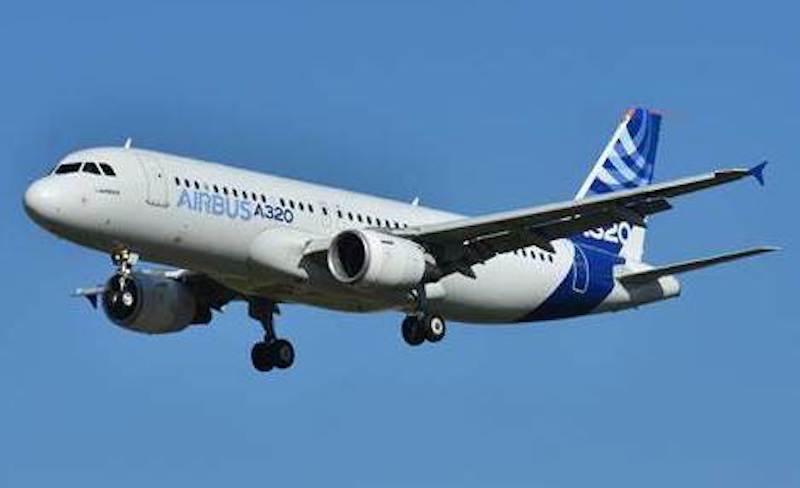Airbus is advancing its industrial system and expanding ramp-up capacity with a new automated A321XLR aircraft equipping hangar, opened recently by Hamburg’s First Mayor Peter Tschentscher and German Aerospace Coordinator Anna Christmann.
With this, Airbus continues its modernisation and digitalisation of its industrial system and expands its capacity for the rate ramp-up in the A320 programme to 75 in 2026.
Head of Airbus Commercial Aircraft Production in Germany, André Walter, said: “Airbus’ Hamburg site plays a significant role in the development and production of the A321XLR. With our new, state-of-the-art equipment installation hangar, we are now expanding our capacity to manufacture A321 fuselages and making an important contribution to supporting our ramp up. At the same time we are reaffirming the importance of Hamburg for Airbus.”
The Federal Government Coordinator of German Aerospace Policy. Anna Christmann, said: “This investment in the A321XLR equipment installation hangar at the Airbus Hamburg site is an important milestone towards transitioning aviation to climate neutrality. This transformation is the key to making Germany a future-oriented and competitive aerospace location.” In the new equipment installation hangar, with 9,600 m2 of production space, designated H259, all the components of the rear fuselages of the A321XLR aircraft – also built in Hamburg – will be installed and mounted. The hangar is equipped with a full range of state-of-the-art technologies for operations and manufacturing, such as automated logistics, fully digital systems, and test stations that can output the status of each fuselage section (both in terms of logistics and resources) at any time. The almost 24-metre-long fuselage sections are equipped with all electrical and mechanical systems, as well as other elements such as windows, floor panels or external antennas, on an automated ‘pulse line’ consisting of eight stations. Each fuselage section is extensively tested directly after the installation of the systems.





